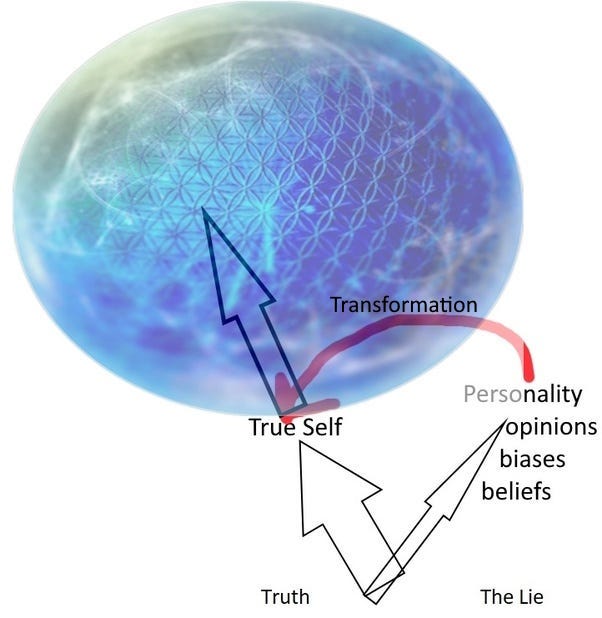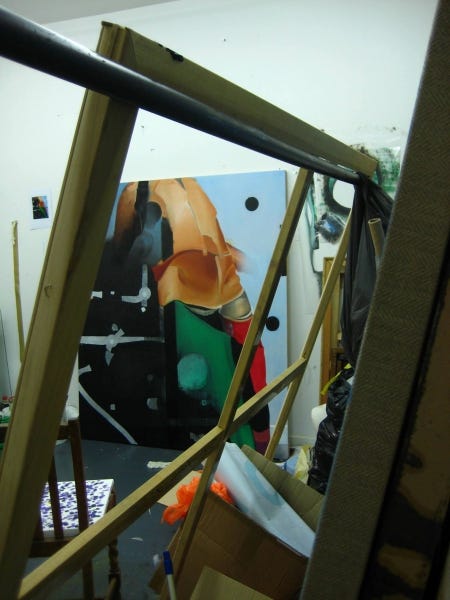
There are moments in life that arrive without warning, as if whispered by the universe in a language only your innermost self can hear. More than two decades ago, such a moment came to me in a phrase that surfaced from nowhere and yet carried everything: “Truth in the Lie in Me.” It struck with the force of recognition, not as something newly learned, but as something long buried that had finally come home.
At the time, I did not understand its depth. I only knew it was true. It unfolded itself slowly, through writing, reflection, and a long journey into myself. What it offered was not a contradiction, but a doorway — a paradox revealing how truth and lie coexist within us, not in conflict, but in function.
The lie was not always malicious or deceitful. Sometimes it was survival. Sometimes it was inherited — given shape by family, culture, history. Sometimes it was simply the version of myself I needed to wear to keep going. And yet, within the lie was a kind of truth: a signal from a deeper source, encoded in the mask. The truth in the lie was not about justifying falsehood, but about seeing how every misstep, every disguise, every misunderstanding was part of a deeper orchestration that led me to clarity.
At its core, the lie is the mental construct we live within — language, opinions, beliefs, and biases formed by conditioning. These constructs are not inherently wrong, but they veil a deeper reality. They form the scaffolding of our identity, often without question. They become the world we move through, but not the truth of what we are. And yet, they are necessary. They are part of the learning curve, the shaping of perception. Without the lie, we may never recognise the truth.
The truth, by contrast, is what lies beneath and beyond those constructs. It is the natural law within us — the same force that orchestrates galaxies and forms the spiral in a shell. It is not a belief, but a belonging. Humans are born of the same fabric that shapes stars and moves oceans. The truth in the lie is the recognition that even our conditioned selves — flawed, masked, and entangled — are still part of that source. Even our falsehoods are caught in the great movement of becoming.

This insight revealed the structure of my own becoming. The lie showed me the edges of the self I had constructed. But once seen clearly, those edges began to soften, dissolve. The truth did not need to oppose the lie. It illuminated it. And in that illumination, something new began to emerge: a self not held together by resistance or performance, but by understanding.
The phrase stayed with me. It became a lens through which I viewed the world. I began to see how society, too, was layered with truth and lie — how we wear ideologies, roles, and even spiritual identities as masks. But under those masks, something real breathes. Something true. When seen with care, the lie itself can become the bridge to that truth.
In the years that followed, I came to understand that the greatest transformation does not come from rejecting what is false, but from seeing it fully — how it served, how it failed, and how it now yields to something more whole. The truth in the lie in me was never a static truth. It was a living process, unfolding with each layer I dared to lift.
This was the beginning of everything. The insight that cracked the shell. The moment where silence spoke, and the echo has never stopped.
I carry it still, not as a belief, but as a recognition — one that continues to deepen.

Transformation:

